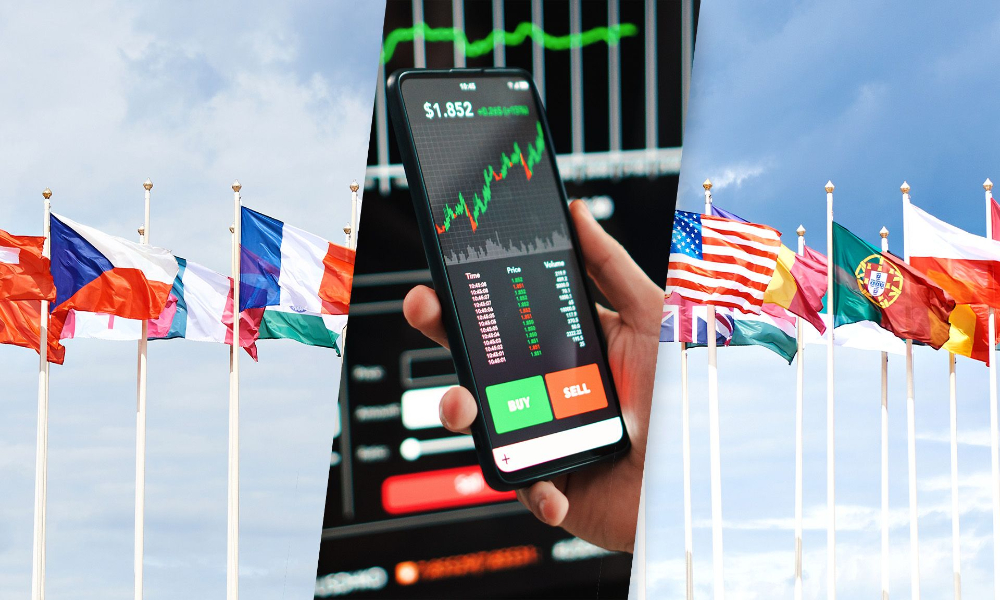Automated trading solutions have altered the manner in which merchants work in monetary business sectors, offering productivity, speed, and accuracy that manual trading techniques frequently can’t coordinate. Whether you’re a beginner financial backer or a carefully prepared merchant, implementing automated trading solutions can fundamentally streamline your trading process. Here are the key steps to incorporating automated trading into your procedure:
Define your trading strategy.
Prior to plunging into automated trading, it’s fundamental to characterize your trading procedure, obviously. Decide your gamble resistance, favored markets (stocks, forex, digital currencies, and so on), time periods for trading, and explicit specialized pointers or basic elements you’ll use to pursue trading choices. Your procedure shapes the foundation on which your automated framework will work.
Choose the right automated trading platform.
Choosing a solid automated trading stage is pivotal. Search for stages that offer strong highlights, for example, continuous information takes care of, adjustable trading calculations, backtesting capacities, and reconciliation with your picked investment funds. Consider client audits, client service accessibility, and security highlights while pursuing your choice. Famous automated trading stages incorporate MetaTrader, NinjaTrader, and TradeStation, each offering novel benefits based on your trading inclinations.
Backtest your strategy
Prior to sending your automated trading framework to live business sectors, completely backtest your procedure using verifiable information. This step permits you to assess the exhibition of your calculation under different economic situations and approve its viability. Focus on measurements like productivity, drawdowns, win rates, and hazard changes gets back to calibrate your calculation and advance its presentation.
Implement risk management protocols
Risk management is pivotal in automated trading to shield your capital from significant misfortunes. Execute risk management conventions, for example, by setting stop-misfortune orders, measuring position in view of record value, and differentiating your portfolio to successfully oversee risk openness. Automated trading frameworks ought to integrate these conventions to guarantee trained trading and limit profound direction.
Monitor and adjust your system
When your automated trading framework is live, screen its presentation intently. Routinely survey trading logs, screen economic situations, and examine execution measurements to recognize any issues or open doors for development. Change your trading boundaries depending on the situation to adjust to changing business sector elements and upgrade benefits over the long run.
By following these steps, you can actually carry out automated trading solutions to streamline your trading process, improve productivity, and benefit from market open doors with more prominent accuracy and discipline. Automated trading lessens the weight of manual execution as well as enables dealers to execute their techniques reliably and impartially, eventually further developing general trading results.




